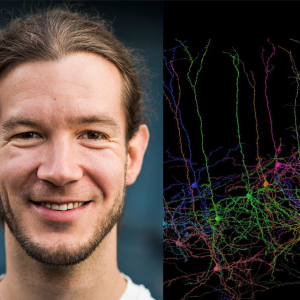Alexander Ecker erhält ERC-Starting Grant
Das MBExC gratuliert dem Informatiker und Hirnforscher Prof. Dr. Alexander Ecker von der Universität Göttingen und dem Max-Planck-Institut für Dynamik und Selbstorganisation (MPIDS) zum Erhalt eines Starting Grant des Europäischen Forschungsrats (ERC). Der ERC unterstützt damit sein Projekt „Deep Neuron Embeddings: Data-driven multi-modal discovery of cell types in the neocortex“




